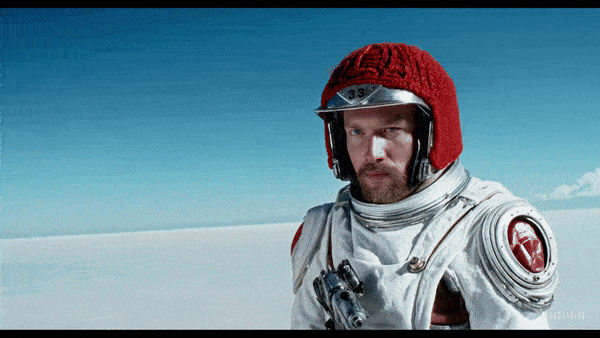About a year ago, AI-generated videos looked something like this:

Then, on February 16th this year, OpenAI introduced Sora, an AI video generator capable of this.

All it took was this simple prompt: “A movie trailer featuring the adventures of a 30-year-old space man wearing a red wool knitted motorcycle helmet, blue sky, salt desert, cinematic style, shot on 35mm film, vivid colors.”
And also this.
New Sora AI videos are popping up, and people are shocked.
— Alvaro Cintas (@dr_cintas) February 19, 2024
These are the new top 10 examples:
1. Hermit crab using an incandescent lightbulb as its shellpic.twitter.com/5N2ZIUaZAi
That’s progress in less than a year.
Sora can generate full video clips up to one minute long from simple text prompts. It’s quite amazing that it understands the dynamic elements like reflections, textures, materials, and physics across timeframes to produce such realistic videos.
And have you seen this one?
“The camera lowers and widens to a grand panoramic view overlooking the beautiful ocean and the historical buildings along the stunning coastal picturesque town perched on the cliffs.”
A new Sora video from @billpeeb
— Soraverse (@SoraverseAI) February 18, 2024
Prompt: "The camera lowers and widens to a grand panoramic view overlooking the beautiful ocean and the historical buildings along the a stunning coastal picturesque town perched on the cliffs…"
Video generated by Sora. #Sora #OpenAISora #aivideo… pic.twitter.com/6eXInPVORI
I think Sora’s impact will be huge, not just for making cool videos, but it will shake up how we do things in digital content, from making ads to recreating historical scenes.
Only hours after the release, it’s already making us rethink the role of photographers and videographers in a big way.
With AI making videos that look so real, we’ve got to ask some tough questions about trust and what’s real or not on the internet.
We’re stepping into a future where the lines between real and AI-generated are blurrier than ever. And it’s not just about whether we can tell the difference. It’s about what this means for creativity, originality, and the very essence of human expression.
We’re at a turning point, really.
Sora and tech like it are changing the game, pushing us to look again at what creativity and originality mean when machines can make art too.
Remember when AI videos were just Will Smith eating spaghetti from the start of the post?
We’ve come a long way since then, and it’s just the beginning. This is a heads-up that we’re heading into a future full of possibilities we’re just starting to imagine. In a way, Sora’s reminding us that creativity knows no bounds.
And in this brave new world of AI, we’re just scratching the surface.
And sure, it’s still early days, and Sora (and other tools like it) is not perfect. But the quality of videos it’s producing? Unreal and scary good. It’s like we’ve just been handed the keys to a brand-new world of creativity. And with that comes a whole truckload of questions about authenticity and trust online.
The indistinguishable realism produced opens Pandora’s box of authenticity issues. In a world where seeing is believing, AI-generated content blurs the lines between fact and fiction.
From the spread of misinformation to the manipulation of public opinion. Imagine a scenario where a political figure is displayed in a situation that never occurred, or historical events are altered in educational materials.
Or realistic AI-generated deepfakes. These videos can convincingly display people saying or doing things they never did, with potentially devastating consequences for individuals’ reputations and privacy.
The erosion of trust in the digital age becomes a significant concern, as sensing truth from fake becomes increasingly challenging. Another possible concern is the impact on professional photographers, videographers, and artists.
While AI tools are designed to augment human creativity, there is a potential fear that they could instead replace it. As AI continues to advance, where does that leave the craftspeople who’ve dedicated years to honing their arts?
But, we’re at a very early stage of this technology. The fun, exciting, amusing stage.
What’s your take on this? Where do you think this leads to? Excited? Skeptical? Let me know in the comments below.
Talk soon.
